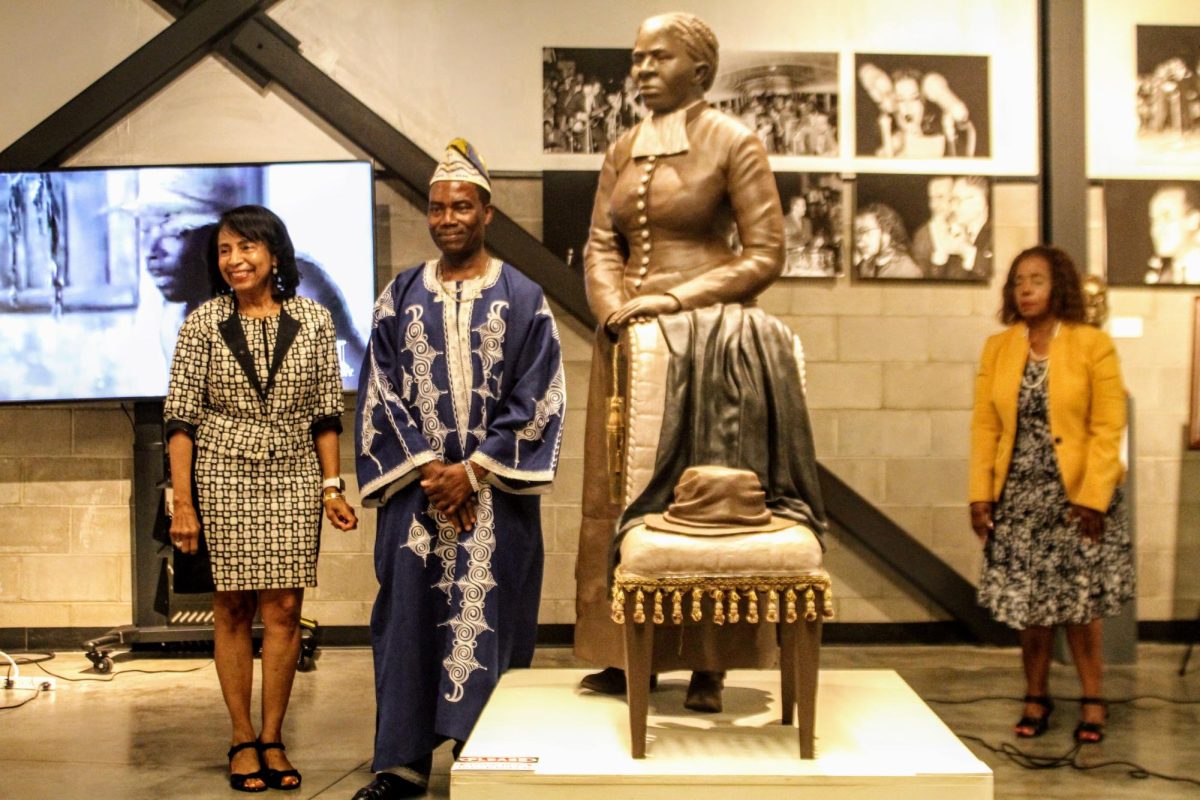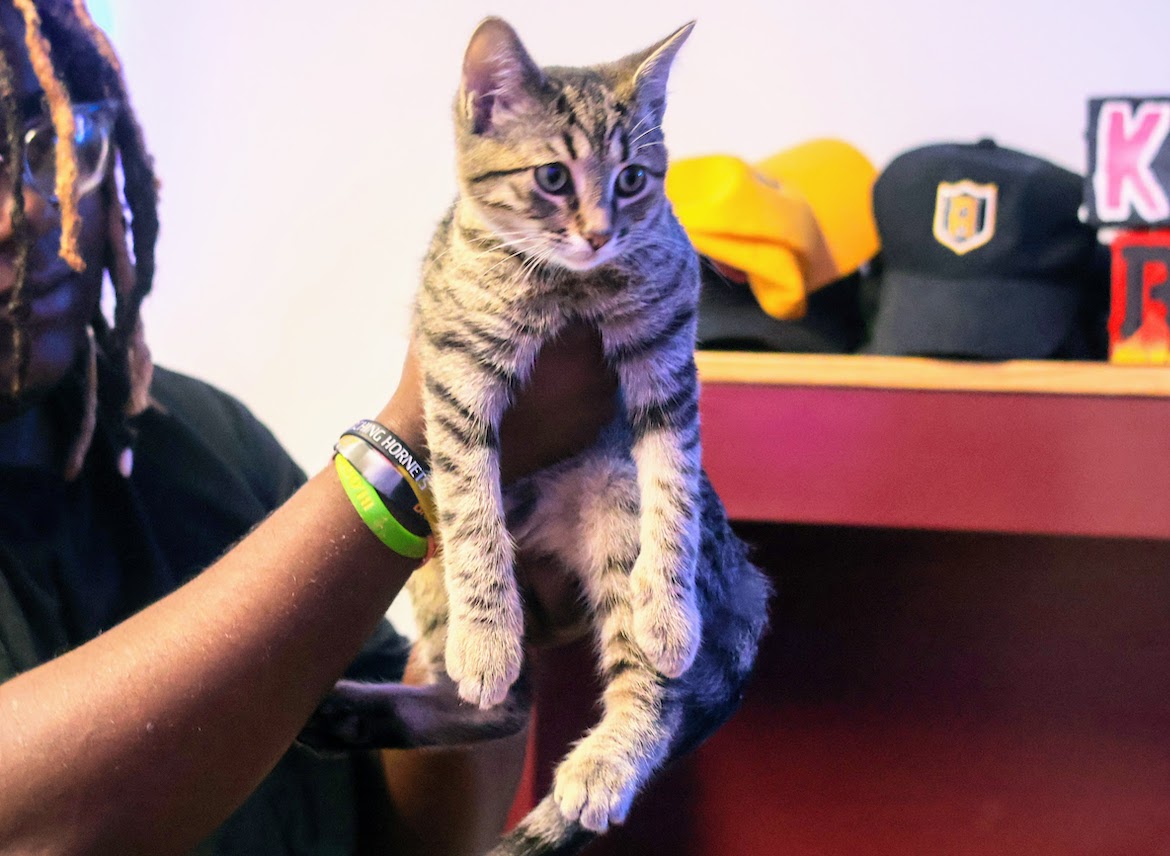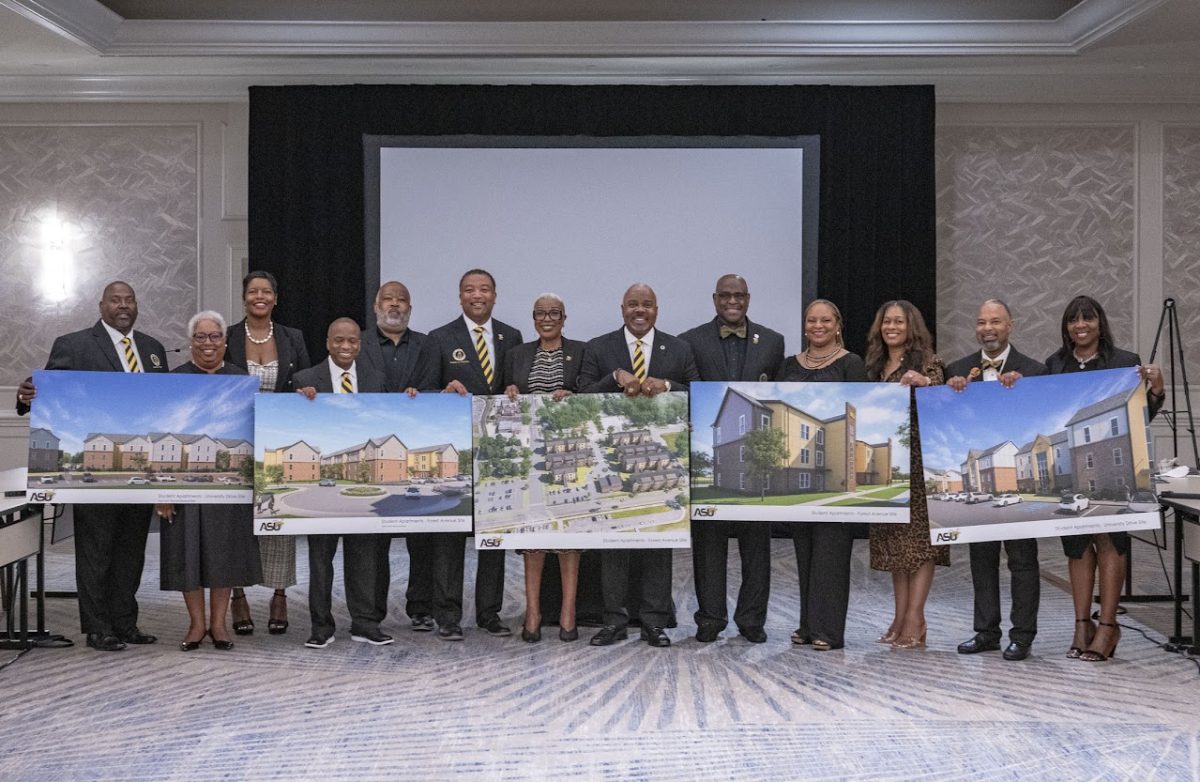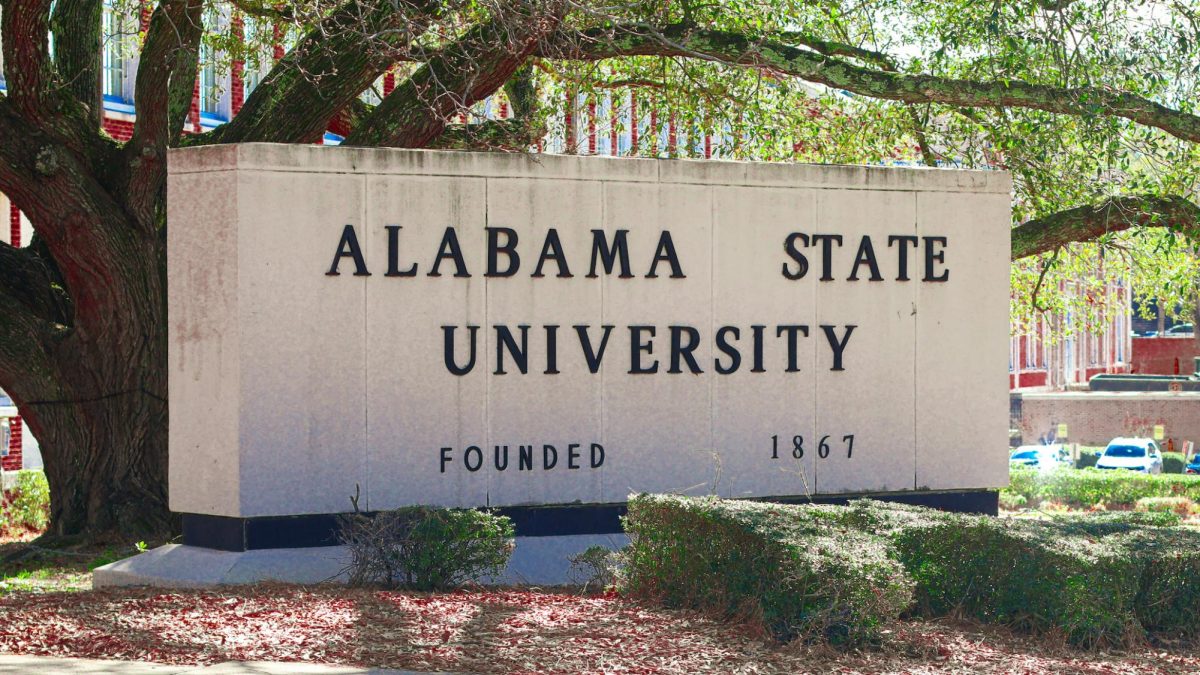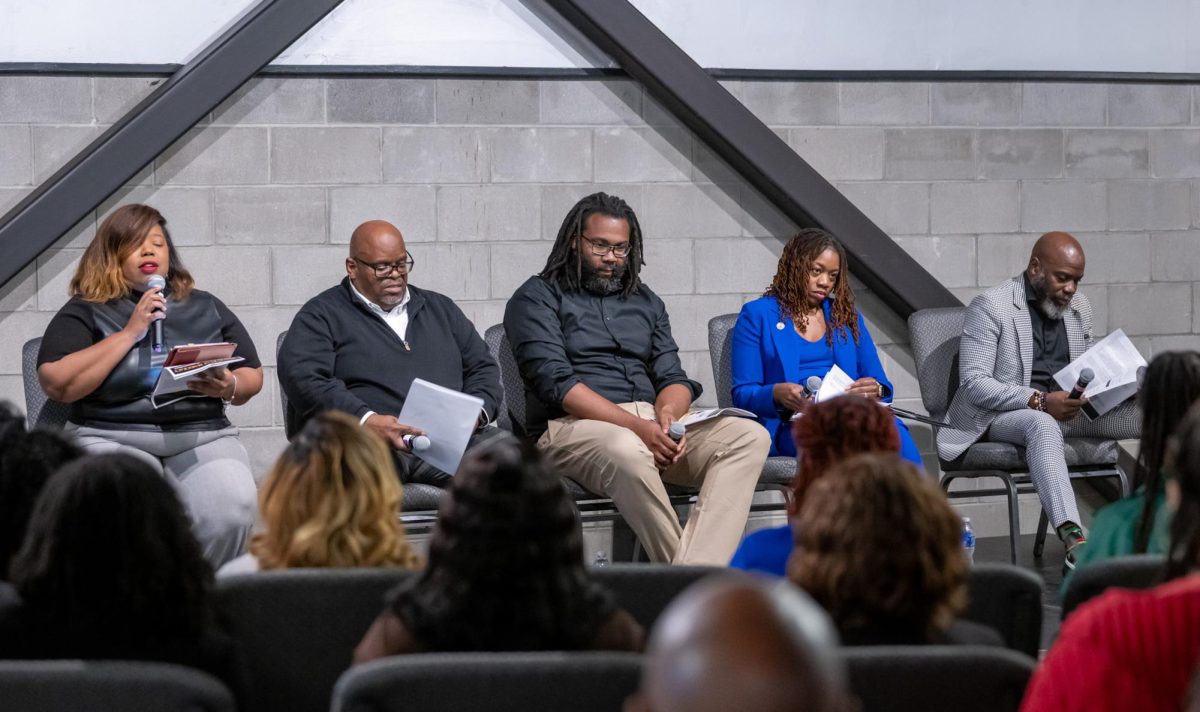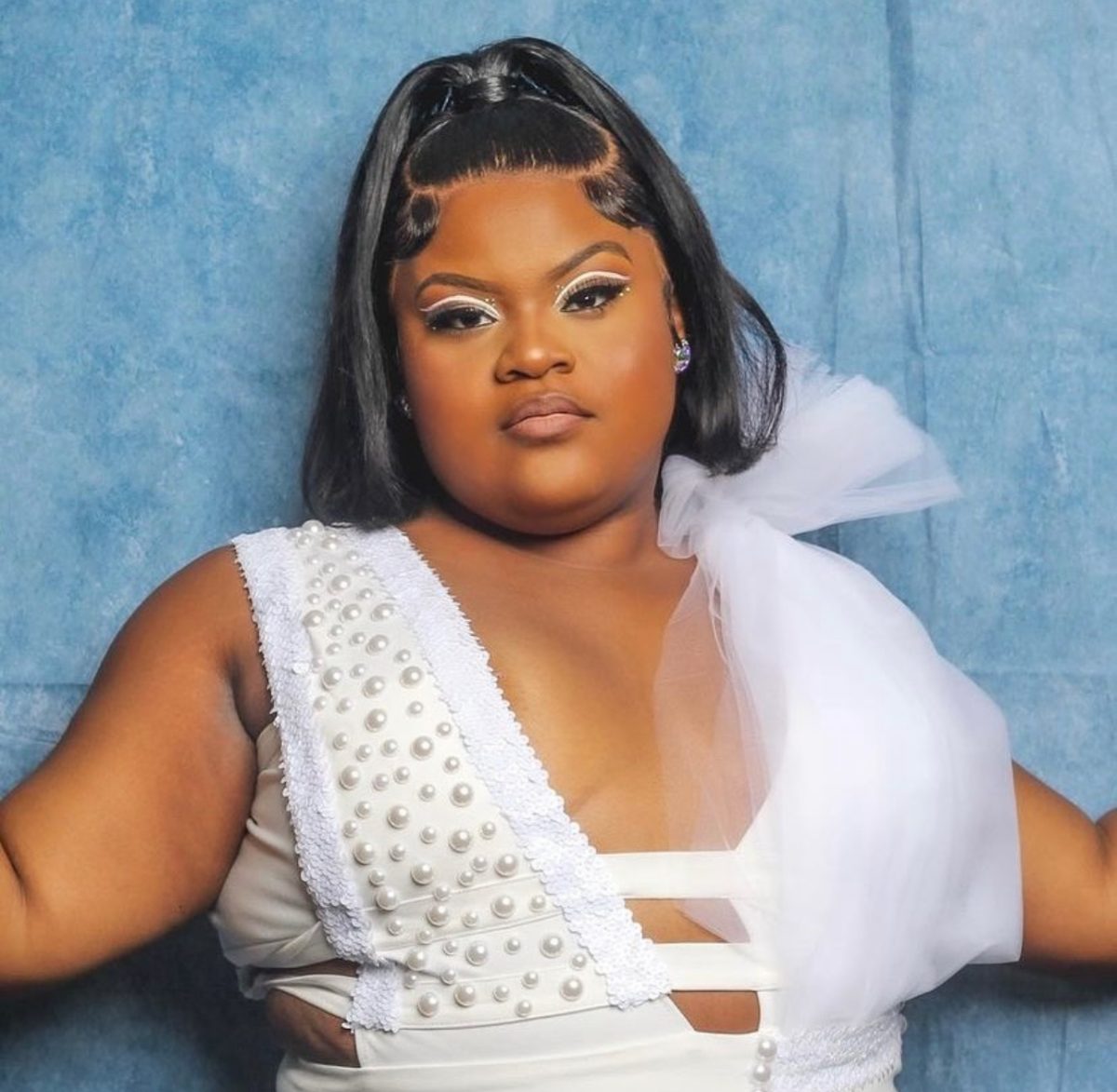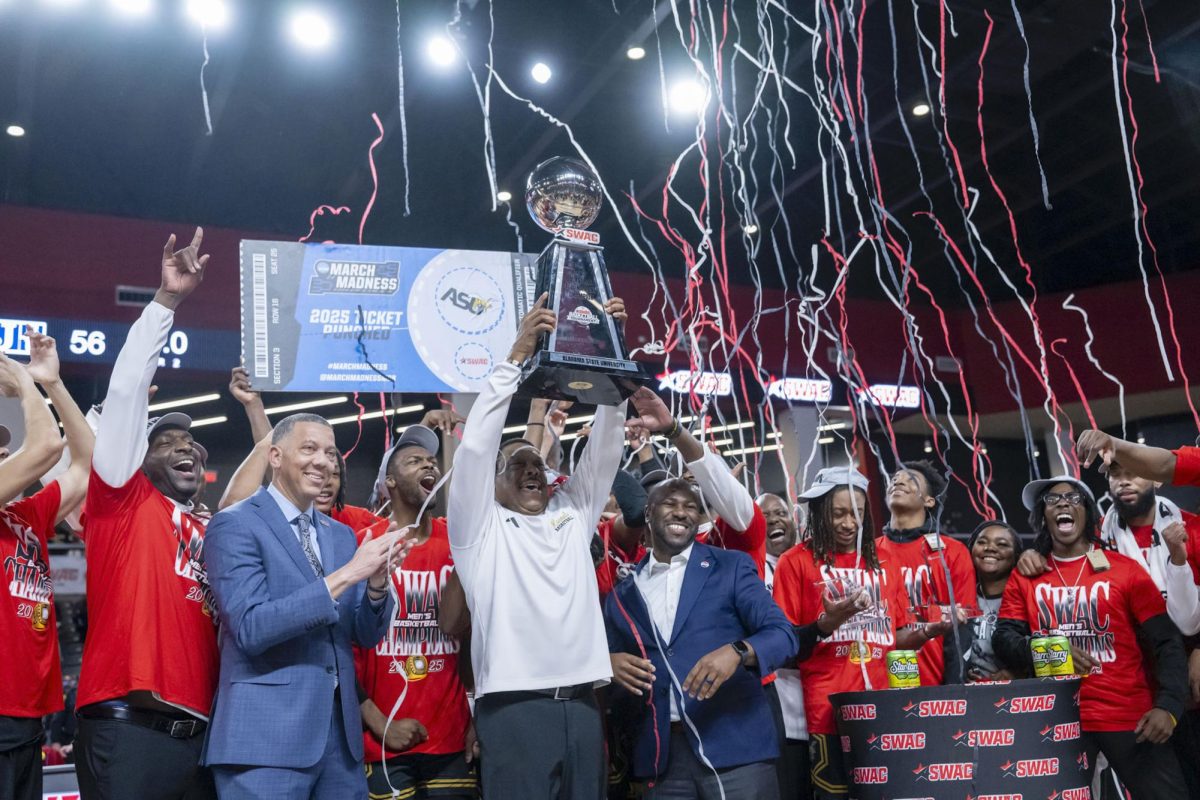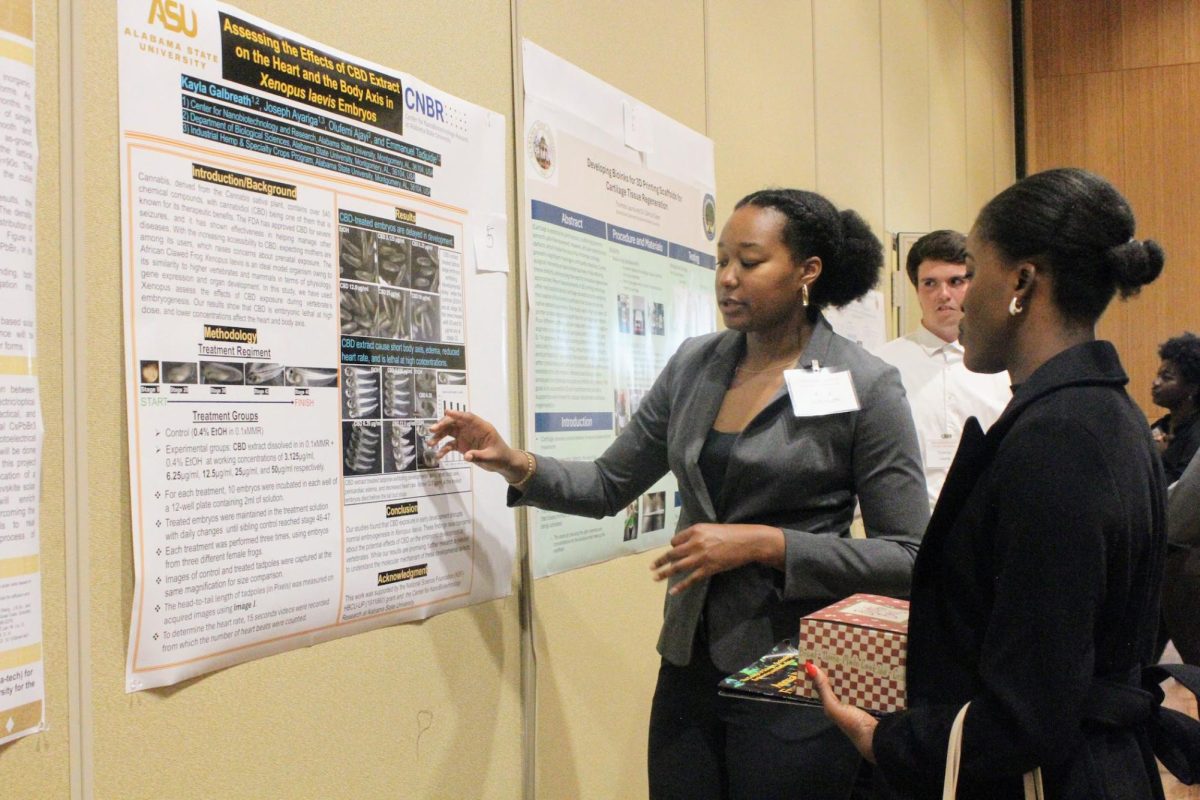Dozens of people gathered together to witness the unveiling of a statue of historical icon Harriet Tubman’s likeness at the Montgomery Interpretive Center of Selma to Montgomery National Historic Trail on Friday, Aug. 25 at 5:30 p.m.
The event was titled ‘The Colvin-Feagin Annual Art and Jazz Show,’ a small event honoring people who have had a massive impact on the Montgomery art community.
While the statue unveiling was the main event, other influential artists native to Montgomery were also honored, including William E. Colvin, Ed.D., and John W. Feagin, who are both Alabama State University alumni and widely acclaimed artists.
Colvin, a retired professor at Alabama State University, is a prominent leader in the Alabama art community since the late 1950s.
Feagin designed the exhibitions in the Dexter Avenue King Memorial Baptist Church that honors Rev. Dr. Martin Luther King, Jr.
“In appreciation of the substantial contributions of Colvin and Feagin to the growth of African-American art, the national center has created a special fund to support the ongoing acquisition, exhibition, and conservation of its collections in African-American art,” said Janice Franklin, dean of the university library and learning resource center. Franklin is also the director of the National Center for the Study of Civil Rights and African-American Culture.
Cleve Webber, professor of art at Alabama State University, welcomed the attendees before Dorothy Autrey, retired history professor and William Ford, a patron of the national center and a local artist both gave impassioned speeches informing the audience of Colvin and Feagin’s achievements before they received their awards to proud applause.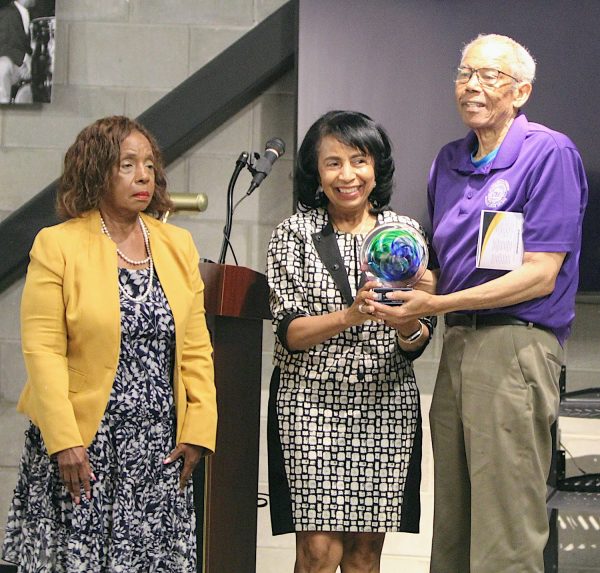
After the awards were given, Adrienne Barron performed “Stand Up” by Cynthia Erivo. Her vocals moved the audience, who gave her a standing ovation at the conclusion of her performance.
The statue depicts Tubman standing before a chair. A coat is strewn over the back, while a hat rests on the seat. Such detail was placed into the statue that, upon a close look, one can see indentations in Harriet’s head where she was hit by a lead weight. The crowd applauded the great result of Ajanogha’s hard work before he gave his remarks.
“I’m very grateful for the opportunity given to me to create this statue of the phenomenal woman named Harriet Tubman,” Ajanogha said.
The statue will stand proud at the National Center for the Study of Civil Rights and African-American Culture, where it will be a symbol of black art and the progress African Americans have made as a people.
“This fund will help ensure that the legacies of both Colvin and Feagin continue at the National Center through the purchase, care, and exhibition of artwork from outstanding artists who interpret the spirit of the civil rights movement and the African-American experience as a whole,” Franklin said.
She continued.
“This fund also reflects a central component of the center’s mission to teach the essential lessons of blacks’ struggle for justice and equality by preserving African-American art.”


